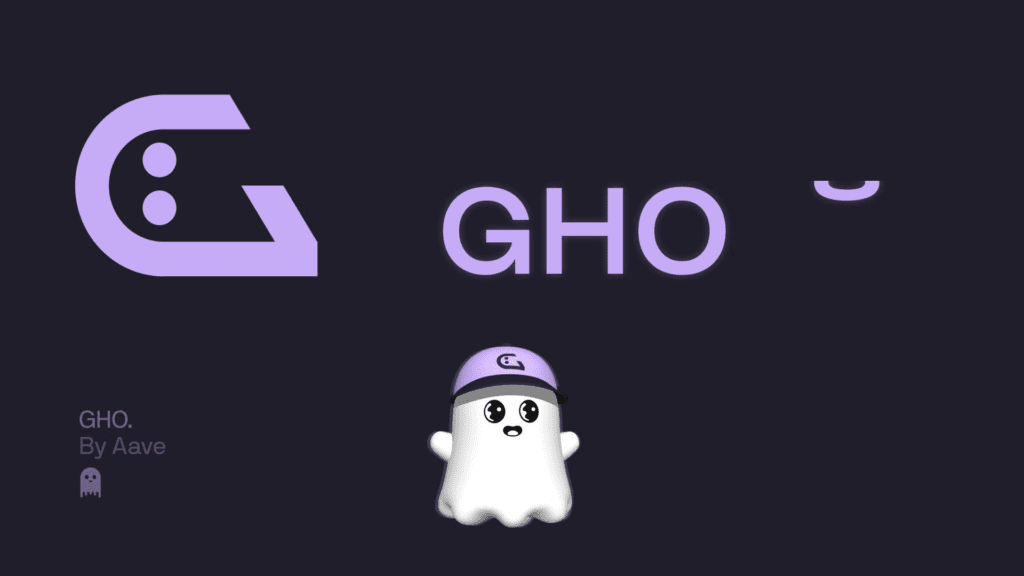Key Points:
- Aave community conducts a vote for introducing a Stability Module (PSM) for the GHO stablecoin.
- The proposed module aims to maintain GHO’s peg with innovative features and price strategies.
- It includes Debt Ceiling control, Capital Allocator, and risk management mechanisms.
The Aave community has taken a significant step towards enhancing the stability of the GHO token by proposing the introduction of a Peg Stability Module (PSM) for GHO.

Through a governance vote, community members are actively participating in a temperature check to gauge approval for the proposed stability module. The voting, which commenced on the Snapshot voting page, is set to conclude on July 23. This innovative mechanism, known as a Peg Stability Module, has proven effective in other stablecoin projects like MakerDAO, enabling the seamless conversion of two tokens at a predetermined ratio.
The proposed GHO Stability Module (GSM) draws inspiration from the successful PSM models while introducing unique features that cater to GHO’s specific requirements. One of the key features of the GSM is the introduction of “Price Strategies.” These strategies offer flexibility in adjusting the pricing ratio between GHO and governance-accepted stablecoins. The Price Strategies can be either fixed or dynamic, based on market conditions, price oracles, linear curves, or stableswap curves. For its initial launch, the proposal recommends implementing a Fixed Pricing Strategy, allowing for smooth integration.
To exercise control over exposure to specific assets backing GHO, the proposed GSM includes a “Debt Ceiling” feature. This feature empowers the DAO to set a maximum limit on the exposure to exogenous assets. If a user attempts to mint GHO and the amount of exogenous assets exceeds the defined Debt Ceiling, the transaction will be automatically reverted, ensuring risk management and stability.

Additionally, the GSM incorporates a “Capital Allocator,” providing a method for a designated “fund manager” to allocate and earn yield from a pre-defined portion of exogenous assets within the GSM. The configurable threshold for capital allocation will be decided through a separate governance process, ensuring transparency and effective asset management.
In the face of rapid increases in exogenous asset risk, the GSM is equipped with “Last Resort Liquidations” to mitigate potential threats. This mechanism allows the liquidation of the exogenous asset in extreme scenarios, offering an effective safeguard in times of crisis.
Moreover, the GSM features “Price Bounds and Swap Freezes” to address any price deviations of the exogenous asset from the 1:1 ratio. These safeguards allow for temporary halting of trading when significant deviations occur, thereby preventing adverse fluctuations in the system.
The temperature check vote will serve as a significant milestone, setting the stage for community discussions and governance processes. If the proposal receives community approval, the next steps include engaging community auditors to review the GSM codebase. Following the audit, the codebase will be shared with the community alongside an Aave Request for Comment (ARFC) based on the Facilitator Onboarding Process Framework.

During the subsequent governance stage, the community will have the opportunity to decide on various GSM configurations, such as initial Debt Ceilings, Exogenous Assets, Pricing Strategy, Distribution for Capital Allocation, and Price Bounds for Swap Freezes.
The Aave community is confident that GHO Stability Module will play a pivotal role in maintaining GHO’s stability and bolstering confidence in the platform’s peg stability mechanism. As Aave continues to foster active community engagement and governance, it reinforces its position as a leading DeFi ecosystem, driving innovation and resilience in the decentralized finance space.
As Coincu reported, Aave announced that GHO has successfully launched on the Ethereum mainnet. This is a huge step forward for the Aave protocol and its community since GHO aspires to be a decentralized stablecoin that empowers users and encourages a people-powered financial ecosystem.
DISCLAIMER: The information on this website is provided as general market commentary and does not constitute investment advice. We encourage you to do your own research before investing.




















